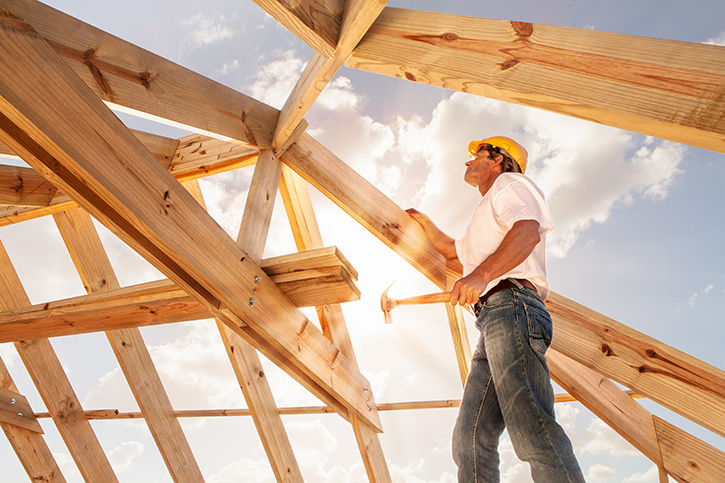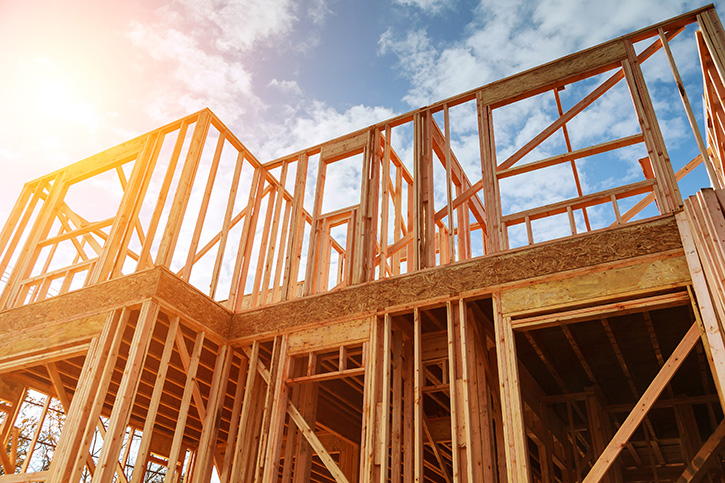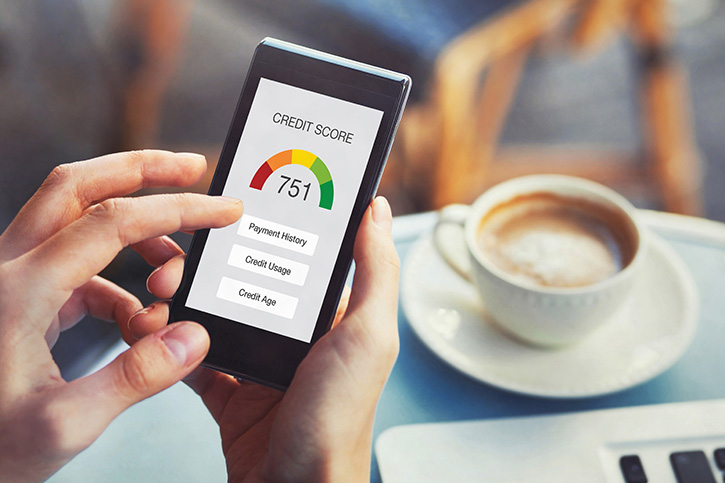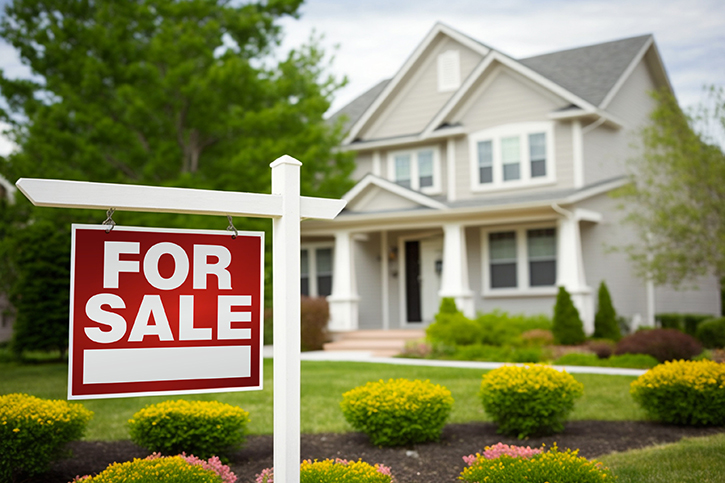
Building your dream home is the most amazing thing ever (next to your kids), but like your kids, it requires careful planning and consideration. Some upfront tasks and considerations may not come to mind, especially if you’ve purchased an existing home before and feel like this isn’t your first rodeo.
Well, if it’s your first building-a-house rodeo, buckle up. We’re about to embark on a wild (but fun) ride!
1. Your Budget
No-brainer, right? Before you embark on home design, sketch out an office nook inside a master bedroom, or find the coolest hands-free light switch, you have to determine how much you can spend. Remember, too, that since we’re dealing with a custom home, those funds—whether out of pocket or through a construction loan (typically both)—will need to cover the entire building process.
You also have to think about the long-term mortgage and your monthly budget for that once the home is completed. To be clear, this has to be considered before construction kicks off…not after the custom home is built and you’re ready to move in.
Not sure where to begin? Preferred Rate is happy to explore convenient loan options that work with your budget and financial situation.
2. How to Get a Construction Loan
Speaking of financing…a construction loan typically plays a starring role in your custom home story. That’s because, unless you have a lot of cash on hand, you’ll want to prioritize securing the construction loan. We know, we know, buzzkill city. It may not be the most glamorous part of building your dream home, but it’s undoubtedly one of the biggest things to know before building a home.
Preferred Rate offers a two-time close construction loan that includes both the construction loan you’ll need during the building process and the permanent financing required upon completion of your custom home. This can be a great solution and a good idea for custom home buyers.
Keep in mind that whether you choose to “bundle” these loans or not, you’ll need to qualify twice—once before the construction process kicks off and once when the custom home is complete and the actual long-term mortgage begins. This can affect the associated costs, including closing costs and appraisals.
3. How to Find the Perfect Build Site
This may seem obvious, but one of the first things to know before building a home is that you have to find a site. Consider the location, neighborhood, and proximity to amenities. Delve into homeowners association (HOA) rules and costs. This initial decision sets the stage for the entire building process.
Remember that not every empty lot is zoned for residential. This is where a real estate agent can come in handy. You don’t want to get your hopes up only to find out that beachfront space along Main Street isn’t an option for you. First-world problems, right?
You’ll also want to consider whether the chosen lot can accommodate your design plans, which we will get to next.
4. How Involved You Want to Be in the Plans and Specs
Whether you opt for a true custom home or home builders with pre-designed options, you’ll need detailed plans and specifications. Decisions on floor plans like where the master bedroom is located, custom home features like how much storage space is included, and design elements like which lighting fixtures to go with (and where the light switches are located) will all be up for discussion.
How involved you want to be in this process—and how committed you are to building your dream home versus weighing in slightly less on a semi-custom home from one of the expert home builders—will help you determine which route to take.
Consider the time, energy, and cost commitments that come with custom, semi-custom, and pre-planned homes. When building a house, these three considerations will dictate how you proceed.
5. How to Choose Home Builders or Subcontractors
Selecting the right home builders or subcontractors is a crazy important decision. For home builders, you want to research their previous developments, possibly tour their model homes, and get recommendations and references. For a custom home, you’ll need to find a reliable general contractor to manage the building process and all the workers who will construct the home to your plans and specs.
Oh, and no matter how fabulous a custom home builder seems, you’ll want to verify their standing with the Better Business Bureau (BBB) and the National Association of Home Builders before signing a contract. If you think building your dream home is expensive, then you can’t imagine how those costs multiply exponentially if you build a custom home and then find that it’s not to code. Or that the roof is leaking. Or that the retaining wall has already cracked.
Okay, enough. You get the point. We can feel our blood pressure rising at the mere thought, but it leads us to the last thing you should know…
6. How to Prepare for Surprises and Delays
Anyone who’s ever put a shovel to dirt can tell you that building a house can often come with unexpected expenses, including construction delays that are also time-consuming. Expect the unexpected by acknowledging that there are costs, delays, and other factors that can affect your timeline and closing.
When building your dream home, you kind of become a general contractor yourself as you oversee the building process. (Note: This does not mean you don’t need an actual general contractor; let’s be real.) With this in mind, you should be prepared for surprise bumps and the required approvals and funds that often accompany them.
Now that you’re up to date on the things to know before building a home, you may want to ask yourself a few questions. Questions like:
- What is my budget?
- What type of construction am I interested in (custom home, semi-custom home, or pre-planned home)?
- Which home builders or general contractors will I use?
- What location or home style am I looking for?
- What custom home features do I want?
- How much do I want to weigh in on this home design?
- What’s my timeline?
A Bit More on Custom Home Expenses
Custom home construction costs vary by square footage, location, features, and materials. According to Forbes, as of early 2024, the average cost to build a home in the U.S. is about $150 per square foot (minus the land), but this can go much, much higher. In California, for example, custom home costs start around $400 per square foot.
You’ll want to break down costs into categories like pre-construction, land and site work, foundation, framing, exterior work, major systems, and interior finishes to prevent these numbers from becoming too confusing or obscure.
Embarking on the journey to build a custom home is an amazing undertaking. Our Preferred Rate Mortgage Advisors are pros in the custom home construction space and are ready to help regardless of where you are in your journey and how custom you want the home.
Cheers to bringing your dream home to life! Contact us anytime.








